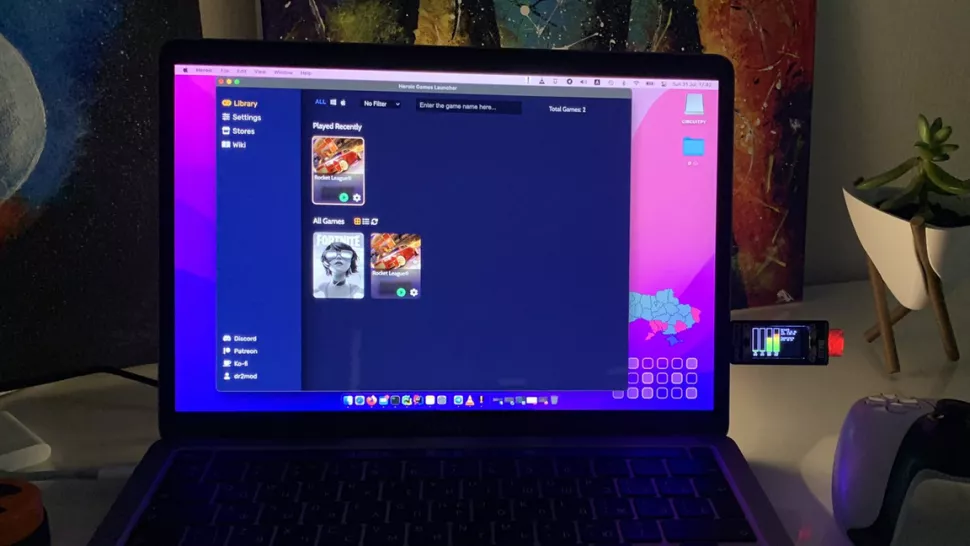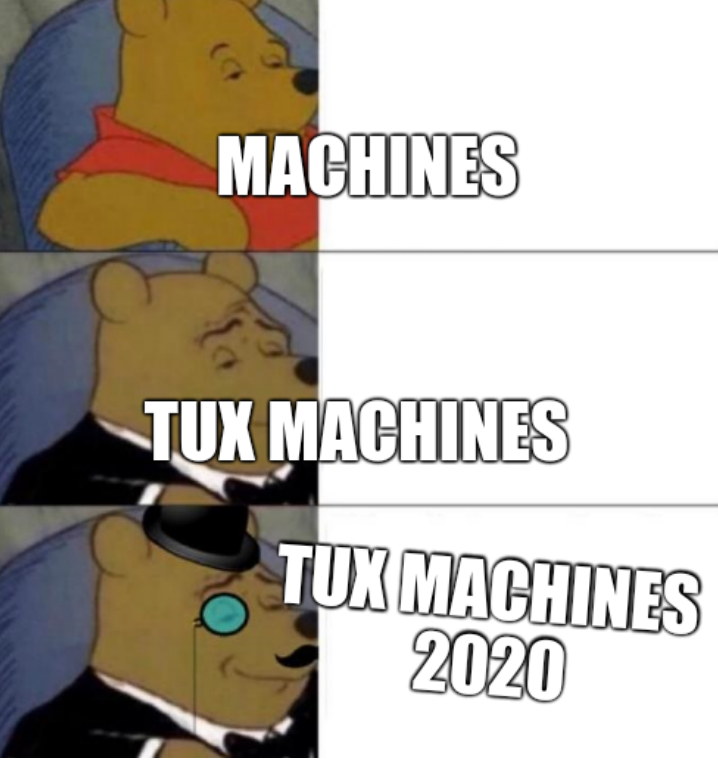What’s New in GNOME 43?


GNOME is one of the most popular graphical desktop environments on Linux. Practically every distribution has a release featuring GNOME. Imagine the impact then, when the GNOME developers shook things up—to put it mildly—with GNOME 40. It changed the desktop paradigm from a vertical one to a horizontal one and changed the look, feel, and functionality of, amongst other things, the dock, the activities view, and workplaces.
Releases 41 and 42 were much smaller in impact, concentrating on polishing the interface and ironing out wrinkles that remained after the iconoclastic changes to GNOME 40. GNOME 43 is more of the same. Don’t expect major changes this time round.
That’s not to say it is inconsequential. There are the expected subtle cosmetic touches, with more applications adopting a deeper integration with the libadwaita theming engine. But there’s also new functionality, including the Files file browser being enhanced. It is now adaptive and will give a better user experience on mobile devices.
Although GNOME 43 beta is available, it won’t be rolled out to the public until its actual launch date of September 21, 2022. Fedora 37 is slated to use GNOME 43. Ubuntu 22.10 probably won’t. Rolling distributions based on Arch such as Garuda Linux, Manjaro Linux, and EndeavourOS will pick it up shortly after its release date.
Although this isn’t the finished product, looking at the beta is still worthwhile. Even if small changes may still be made between now and the launch date, all the big elements are already in place. The release candidate build is the one when the portcullis drops and no more changes can be made. This is slated for September 3, 2022.
-

- Login or register to post comments
 Printer-friendly version
Printer-friendly version- 446 reads
 PDF version
PDF version
More in Tux Machines
- Highlights
- Front Page
- Latest Headlines
- Archive
- Recent comments
- All-Time Popular Stories
- Hot Topics
- New Members
today's howtos
| Open Hardware: XON/XOFF and Raspberry Pi Pico
|
Security Leftovers
| How to Apply Accent Colour in Ubuntu Desktop
A step-by-step tutorial on how to apply accent colour in Ubuntu desktop (GNOME) with tips for Kubuntu and others.
|






 This section of TuxMachines will no longer have new stories in it (with some caveats, including this post). To see the latest stories go to
This section of TuxMachines will no longer have new stories in it (with some caveats, including this post). To see the latest stories go to 

.svg_.png)
 Content (where original) is available under CC-BY-SA, copyrighted by original author/s.
Content (where original) is available under CC-BY-SA, copyrighted by original author/s.


Recent comments
2 days 1 hour ago
2 days 5 hours ago
2 days 5 hours ago
3 days 12 hours ago
3 days 13 hours ago
3 days 14 hours ago
3 days 14 hours ago
3 days 15 hours ago
3 days 17 hours ago
3 days 19 hours ago